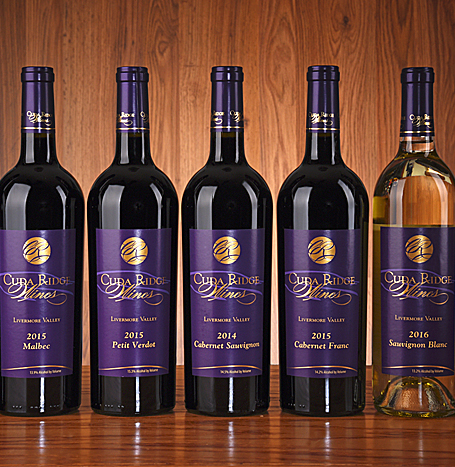Newbie question..... Is there a "magic number" for a % of the blend? Should it be at least 25%? I see some of the comments that looks like they may be 25/25/50 or variations
Nope, there is no magic number. There are 3 variables that are impossible to control: the grapes, fermentation, and the taste buds of the blender(s). If you and I purchased grapes from the same vineyard, fermented with the same yeast under similar conditions, and made our own best blend -- the blends are 99.9% likely to be different.
I've seen labels that stated that one varietal was 3% of the blend. My palate is not good enough to make that determination, but the winemaker believed that 3% made a difference.
Here's a cool experiment -- 3 people purchase the same ratio of grapes from the same source, e.g., 9 lugs Cab Sauv, 2 lugs Merlot, and 1 lug Petit Verdot. Make field blends to reduce variation, ferment with the same yeast in as identical circumstances as is possible, bottle after 1 year. Then taste test the wines every year for 5 years.
I like blending my blackberry wine with grape wines... and, as every one says, seems to make it better than either one individually. Just not sure if 10% is enough to get the flavor or if it needs to be more like 25%. Just wanting some input from the "pros".
Do a double blind tasting. Make 5 samples: 75/25, 80/20, 85/15, 90/10, and 95/5. Number them 1 to 5 in a random order, keeping track of which is which. Then have a second person change the order and relabel them A to E, keeping track of the correspondence, e.g., A = 3, E = 1, etc.
Do a blind tasting, with each person ranking the wines 1 (favorite) to 5 (least favorite), then reveal which wine is which.




















































